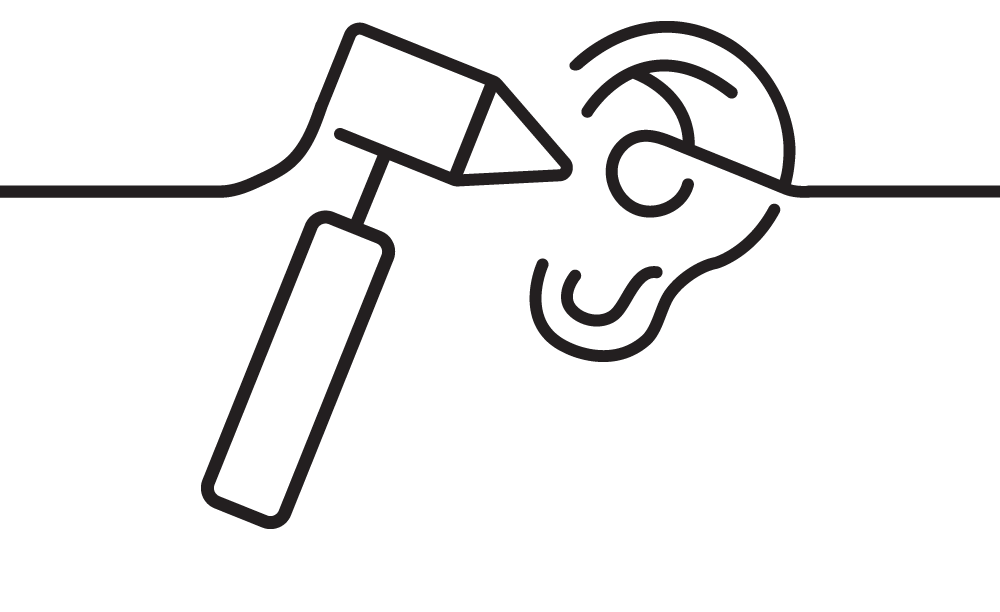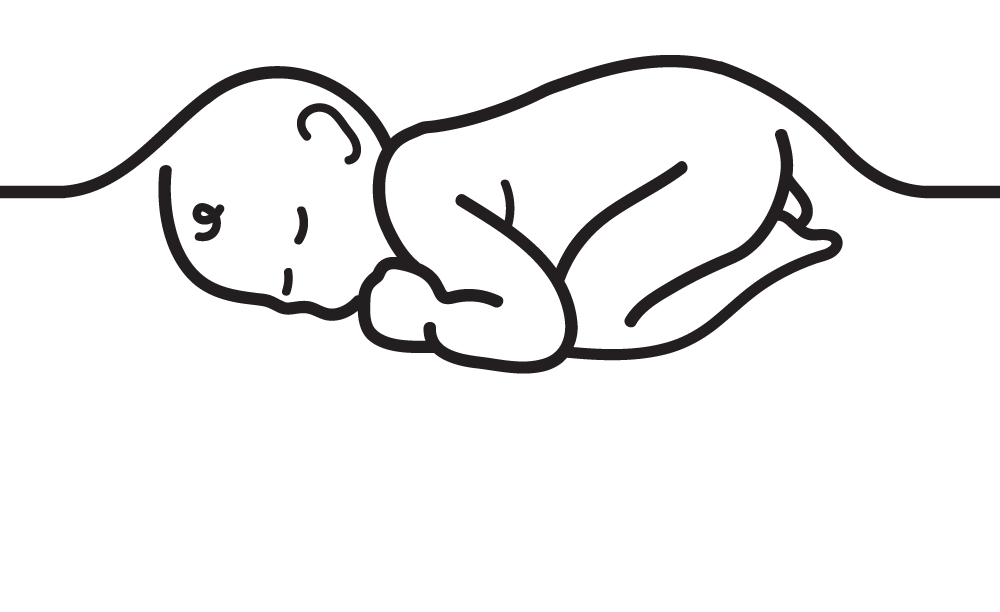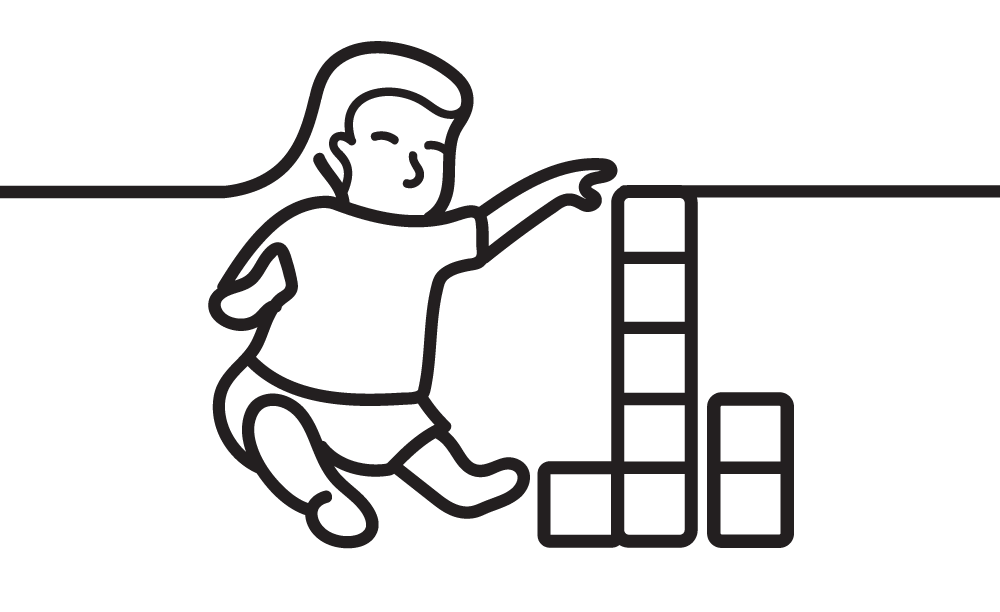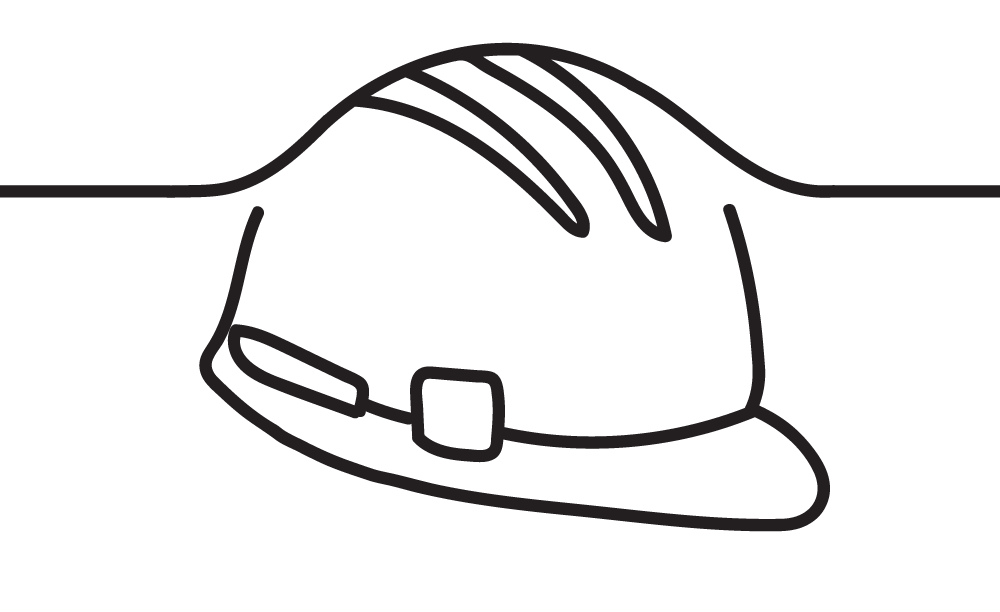When you do a diagnostic hearing evaluations and hearing tests your audiologist will assess the entire hearing mechanism.
We will looks at the 3 parts of the ear both structurally and functionally and outcome of this screening tell us whether there is any functional limitation in hearing, etc.
During a hearing test your audiologist will assess the entire hearing mechanism. This hearing evaluation looks at the 3 parts of the ear, structurally and functionally. The outcome will tell us whether there is any functional limitation in hearing and where in the ear the problem originates from. This assists us in making the correct recommendation for your way ahead.
We will ask you about your reason for visiting the practise, your general medical background and communication difficulties and needs.
We will look at the structural functioning of the 3 parts of the ear and conduct 5 types of tests during the screening & evaluation.
The 5 types of tests
Otoscopic examination
The otoscopic examination is done using an otoscope with a light to assess the ear canal and eardrum visually.
Tympanometry
Tympanometry is a test done by inserting a small probe into the outer part of the ear canal, a slight pressure is built up in the ear and measurements are done in the form of a tympanogram. Tympanograms provide valuable information regarding the functioning of the middle ear and can indicate perforations of the eardrum, abnormal pressure, fluid build-up in the middle ear and increased or decreased mobility of the eardrum and middle ear structures.
Acoustic reflex measurements
Acoustic reflex measurements are done to measure the involuntary muscle contraction that occurs in the middle ear in response to loud sounds.
Pure tone audiometry
Pure tone audiometry is the key hearing test to identify hearing levels of an individual. During this test the patient will be required to press a button in response to a sound heard. Both air- and bone conduction audiometry should be conducted in order to identify the type, degree and configuration of the hearing loss.
Speech audiometry
Several word lists are presented to the patient and they are then required to repeat the words read to him/her. The performance in this test provides the clinician with valuable information regarding the auditory processing of the individual and the condition of the auditory nerve/cortex where sound is processed in the brain.
Additional testing
Certain additional audiological tests might be indicated in some cases. Your audiologist will make this decision depending on your unique case history, needs and symptoms. Additional tests include: otoacoustic emission testing, reflex decay, tone decay, uncomfortable loudness levels, most comfortable loudness Levels, speech in noise testing, short increment sensitivity index, etc. At Hear in Colour we only do the additional tests when necessary, this will be determined by the outcome of the baseline tests.
Types of hearing tests

General Hearing Test
During a hearing test your audiologist will assess the entire hearing mechanism. This hearing evaluation looks at the 3 parts of the ear, structurally and functionally. The outcome will tell us whether there is any functional limitation in hearing and where in the ear the problem originates from. This assists us in making the correct recommendation for your way ahead.
We will ask you about your reason for visiting the practise, your general medical background and communication difficulties and needs.
We will look at the structural functioning of the 3 parts of the ear and conduct 5 types of tests during the screening & evaluation:
- Otoscopic examination
- Tympanometry
- Acoustic reflex measurements
- Pure tone audiometry
- Speech audiometry

Neonatal Hearing Screening
Early hearing detection and intervention programs have become the standard of care to ensure optimal outcomes for infants with hearing loss. The prevalence of hearing loss in infants in the private sector is around 3 per 1000 births.
These screening tests are available at most hospitals and are conducted as soon as 24hours after birth. Some infants are however missed in this system and it is important to have these tests done as soon as possible after birth.
During this test a small soft probe is put into the ear canal of the infant and soft sounds are presented, the hearing organs responses are measured and recorded. This test is best done in a quiet environment and babies can sleep during this procedure.
We urge parents to bring their newborns at 6 weeks for their 1st hearing screening at one of our practices. Hearing is the first sense that is developed inside the mother’s womb, and we are there to do the first hearing evaluation.

Paediatric Hearing Test
Paediatric hearing evaluations are in essence similar to the standard test battery for adults, with a few adaptations to incorporate smaller children. Examples of these adaptations are Visual Reinforcement Audiometry (VRA) and Play Audiometry. Otoacoustic emission testing is almost always indicated for children since this test provides completely objective results when assessing the hearing organ.
“To hear a tiny little heart beating next to your very own…
is the most beautiful sound a mother could ever hear.”

Industrial Hearing Test
Hearing loss incurred in the workplace is a compensable disease in terms of Schedule 3 of the Compensation for Occupational Injuries and Disease Act (COID act). If workers are exposed to sound levels greater than 85dB, a hearing loss can develop.
Instruction 171 requires that baseline hearing tests are conducted on all workers after a noise free period, within 30 days of employment.
According to the Mine Health and Safety act (MHSA) and the Occupational Health and Safety Act (OHSA) the employer should follow a program of medical surveillance. The audiological surveillance is done with screening hearing tests. The objective of screening tests is to monitor the hearing status of the individual and to identify auditory damage. Workers exposed to noise levels of 85 dB and more should be tested annually and workers exposed to >105 dB 6 monthly. Workers with a hearing loss that has deteriorated by 10 % from the baseline should be referred for a diagnostic test
Diagnostic tests are performed by an Audiologist registered by the HPCSA. The workers must be noise free for 24 hrs. Two diagnostic tests need to be performed if the diagnostic test has confirmed the 10% shift. The two tests should be consistent in that the 2 tests should be within 10 dB of each other at every frequency. The percentage hearing loss is calculated using actuarial tables weighted according to the importance of the frequencies of 500 Hz, 1000 Hz, 2000, 3000, 4000 Hz respectively.
The worker must be exposed to noise of 85 dB or more at work or have been injured at work. The hearing must have deteriorated by more than 10 % from the baseline. The following documents need to be submitted:
- An employers report on the occupational disease/ injury and a service record
- 2 consistent audiograms
- The audiologist should verify the worker’s identity and countersign a copy of the ID document
- The occupational medical practitioner should do a medical report if the percentage hearing loss is less than 30 %. An ENT report is
required if the hearing loss is more than 30 %. The medical report should clearly state whether the hearing loss is occupational or not.
The medical and occupational history need to be taken into consideration. - The 2 baseline tests

